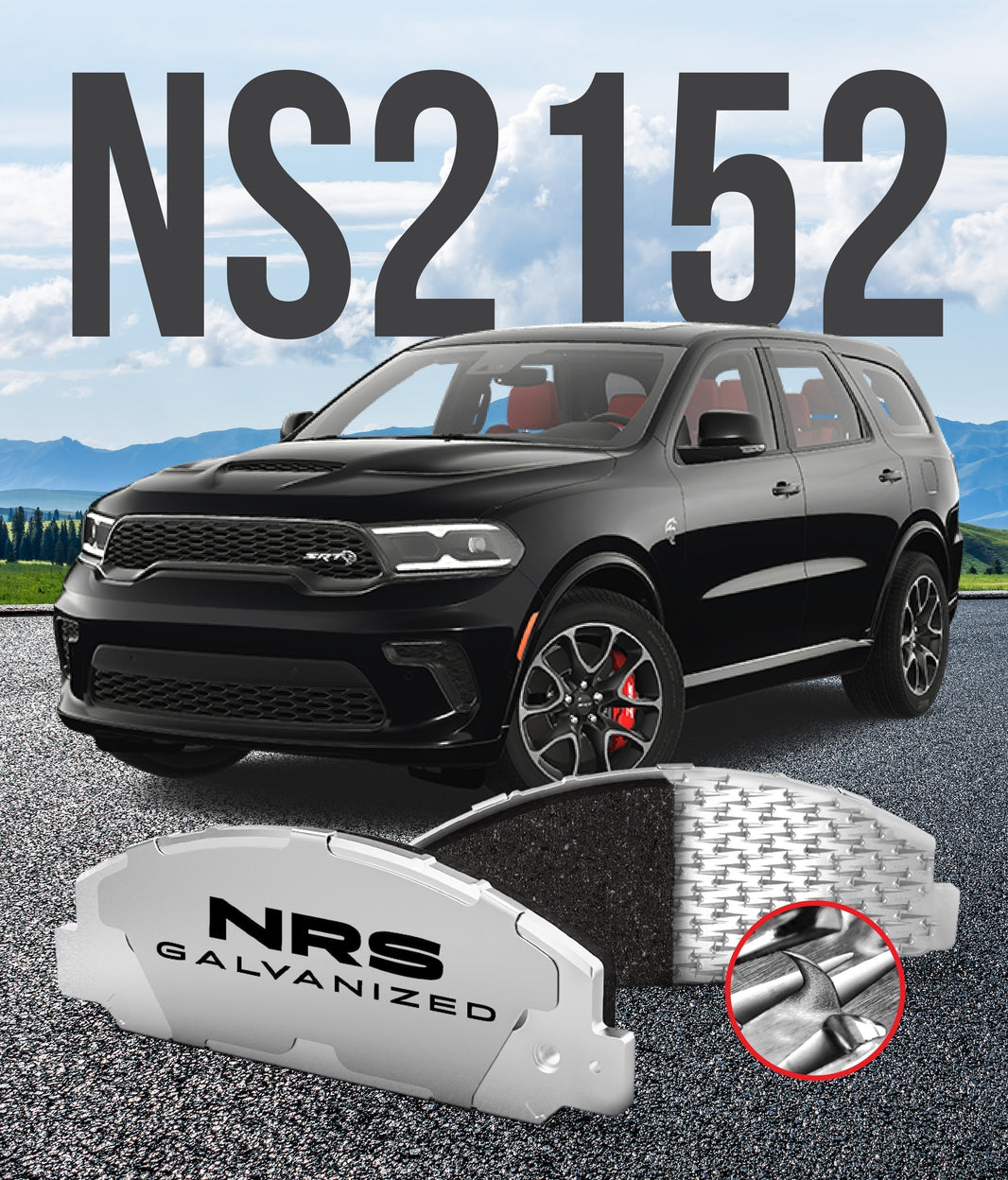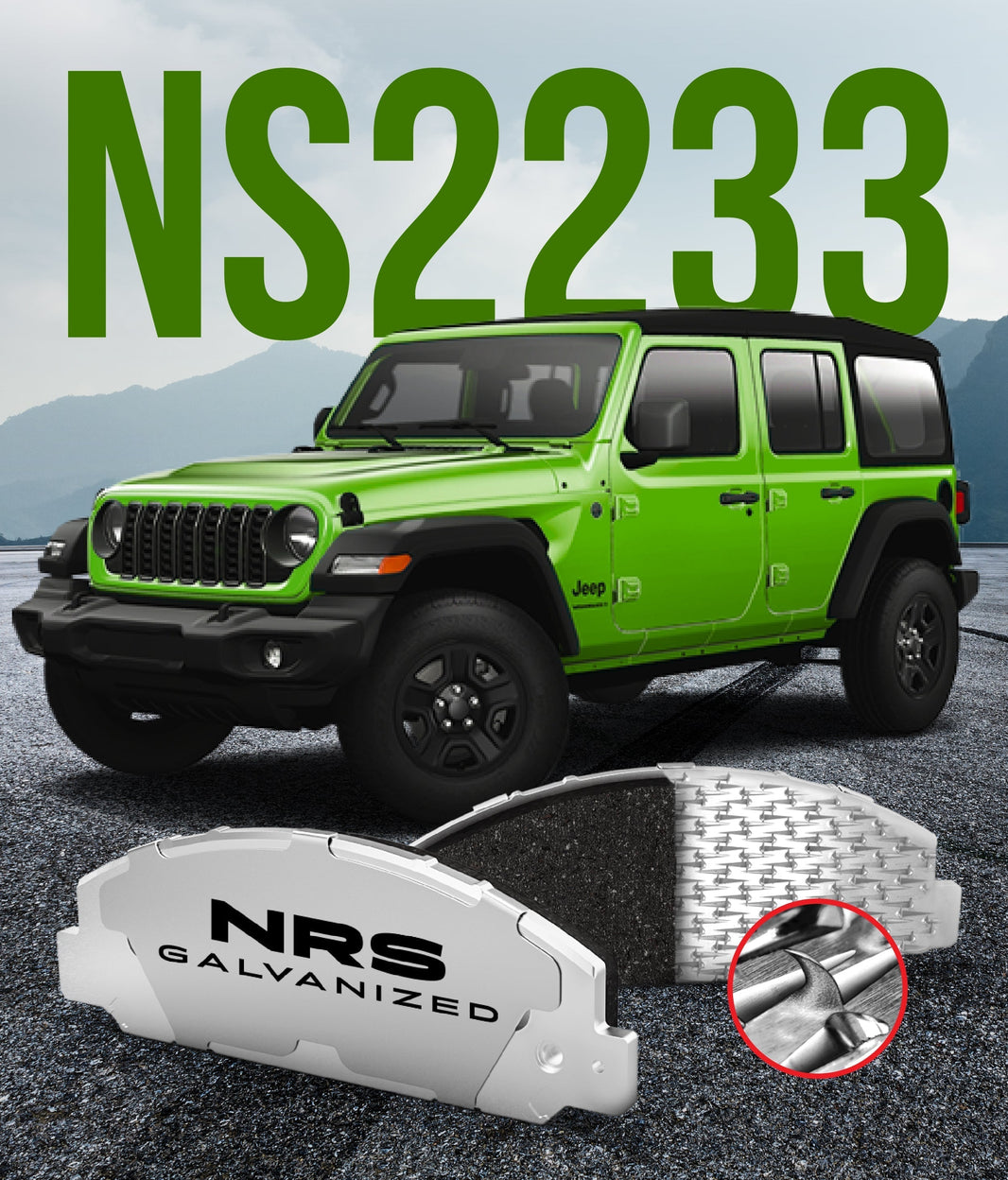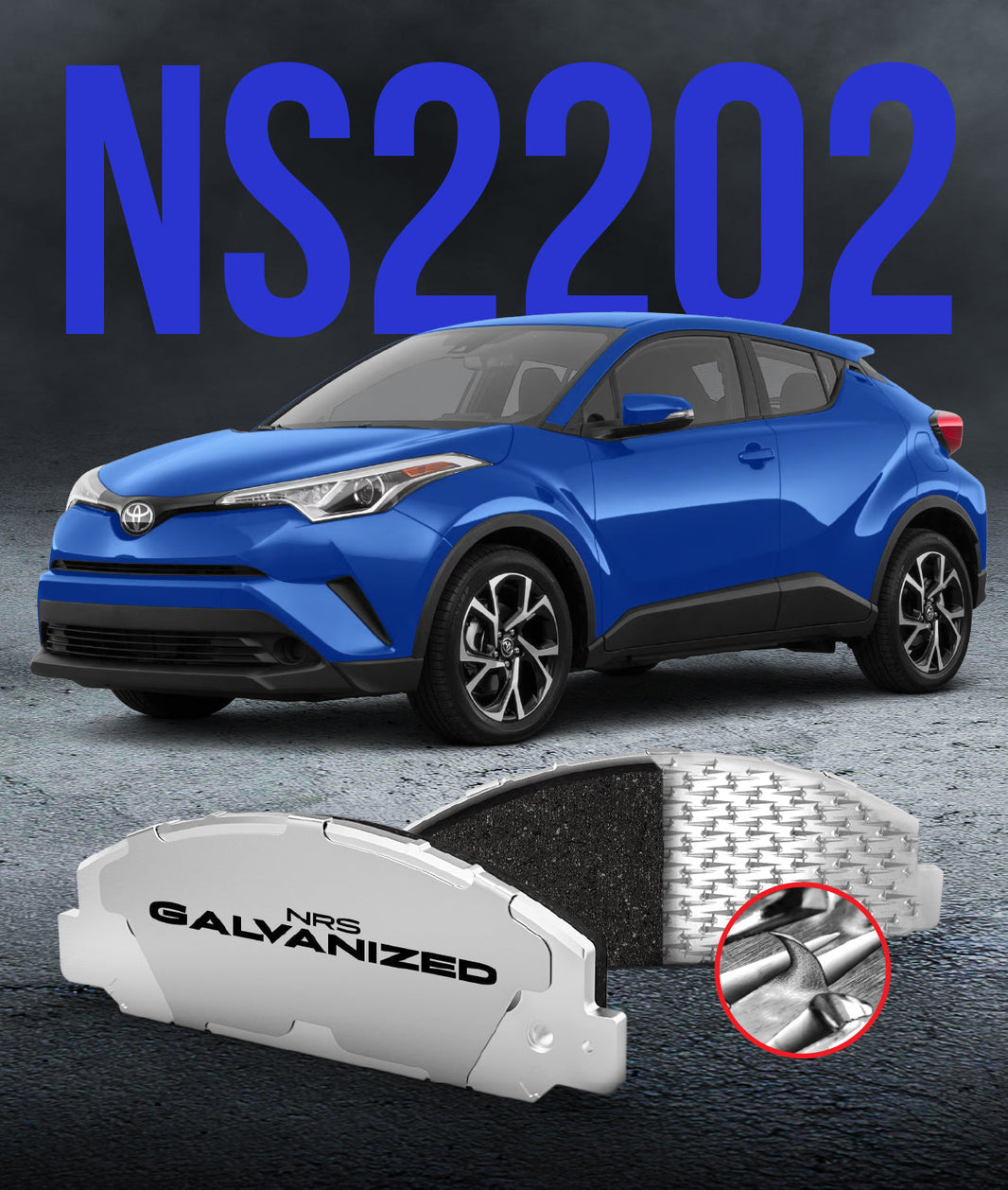
When was the last time you checked your engine oil? Probably recently. What about your coolant or washer fluid? Now for the important question: when was the last time you thought about your brake fluid? For most drivers, the answer is likely never, yet it is arguably the most critical and most neglected fluid in your entire vehicle.
The brake fluid in your car is a specialized, high-performance liquid that makes your entire braking system possible. Understanding what it is, its one peculiar property, and why it requires regular service is non-negotiable knowledge for any car owner. Your safety on the road literally depends on this small amount of fluid doing its job perfectly every time.
The Hydraulic Lifeline: What Brake Fluid Does
At its core, brake fluid is the hydraulic liquid that transmits force through your braking system. Because a liquid is not compressible, it acts as a perfect medium for transferring the pressure from your foot on the pedal to the brake calipers at the wheels. This is the fundamental principle of all modern hydraulic brake systems.
Think of the brake fluid as a fast and reliable messenger. When you press the brake pedal, you are pushing a piston in the master cylinder. This action pressurizes the brake fluid, and that message of pressure is sent instantly and equally through the brake lines to all four corners of your car, activating the brakes.
The Hidden Enemy: Water Contamination
The most important and least understood characteristic of most brake fluid is that it is hygroscopic. This scientific term simply means that it is designed to absorb moisture directly from the atmosphere. This might seem like a strange quality for a hydraulic fluid, but it is actually an important safety feature.
Over time, a small amount of moisture will inevitably find its way into your sealed brake system. The hygroscopic nature of the fluid prevents this moisture from pooling together.
Why Does It Absorb Water?
This ability to absorb water is a deliberate piece of chemical engineering. If brake fluid did not absorb moisture, any water that entered the system would form pockets of pure water. These pockets would then sink to the lowest points in the system, typically the brake calipers, and cause a host of problems.
Pure water has a very low boiling point and would also quickly rust components from the inside out. By absorbing and dispersing the water throughout the entire volume of brake fluid, the system is protected from both localized corrosion and the danger of easily boiled water pockets.
The Danger of a Lower Boiling Point
The downside to absorbing water is that it continuously lowers the fluid's boiling point. Brakes generate an immense amount of heat, and this heat is transferred directly to the brake fluid in the calipers. If the contaminated fluid boils, it instantly turns into a gas (steam).
Unlike a liquid, a gas is highly compressible. This means your brake pedal will suddenly feel soft and spongy as you are now compressing gas instead of applying force to the brakes. In a severe case, this can lead to a complete brake failure, where the pedal sinks to the floor with almost no stopping ability.
Reading the Label: Understanding DOT Ratings
Not all brake fluid is created equal. Different vehicles and applications have different performance requirements. Brake fluids are classified by the Department of Transportation (DOT) with a rating that is based on their minimum "dry" and "wet" boiling points.
Always use the specific type of fluid recommended by your vehicle’s manufacturer. Using the wrong type can cause system damage or unsafe performance.
-
DOT 3: For many years, this was the standard fluid for most cars and trucks. It is glycol-based and has the lowest boiling point of the common types.
-
DOT 4: This is also a glycol-based fluid but contains additives that give it a higher boiling point than DOT 3. It is the most common fluid specified for modern vehicles.
-
DOT 5: This is a silicone-based fluid and is not compatible with systems designed for glycol-based fluids. It does not absorb water and is typically only used in classic cars, military vehicles, or specialty applications where its unique properties are required.
-
DOT 5.1: This is a high-performance, glycol-based fluid that is compatible with DOT 3 and 4 systems. It offers the high boiling point of DOT 5 fluid but still has the water-absorbing properties of a standard fluid.
A Maintenance Checklist for Your Brake Fluid
Proper maintenance of your brake fluid is a simple but critical part of vehicle ownership. It is a preventative service that ensures your brakes will be there for you when you need them most. Following a few simple guidelines will keep your hydraulic system in perfect working order.
Learning to recognize the signs of old or contaminated fluid is also a key skill.
-
Check the Fluid Level and Color: The brake fluid reservoir is typically a semi-transparent plastic container on top of the master cylinder. The fluid level should be between the "MIN" and "MAX" lines. Fresh fluid should be a clear, honey or golden color; if it is dark, murky, or black, it is heavily contaminated and needs to be changed.
-
Follow Your Service Interval: Nearly every vehicle manufacturer recommends a complete brake fluid flush every two to three years, regardless of how many miles you have driven. This is because the fluid absorbs moisture over time, not just with use.
-
Use Only the Specified Type: The required DOT rating for your vehicle is almost always printed directly on the cap of the brake fluid reservoir. Never mix different types of brake fluid, especially silicone-based DOT 5 with glycol-based fluids.
-
Keep the Container Sealed: Brake fluid begins to absorb moisture from the air as soon as the container is opened. Never use fluid from an old bottle that has been sitting open on a shelf.
-
Recognize the Symptoms of Old Fluid: The most common sign that your fluid is old and needs to be replaced is a soft or spongy brake pedal. This indicates there is air or moisture in the system that is compressing when you press the pedal.
Conclusion: The Most Important Fluid You Forget
The brake fluid is the silent and often-forgotten workhorse of your car's most important safety system. It flawlessly transmits the force of your foot to the wheels, but its natural tendency to absorb water means it has a finite service life. Neglecting this simple maintenance task can have severe consequences.
Regularly flushing your brake fluid is one of the most effective and inexpensive pieces of preventative maintenance you can perform. It protects the entire braking system from internal corrosion and ensures your pedal will be firm and responsive in an emergency stop. At our company, we engineer the Best Brake Pads to provide incredible stopping power, but they can only do their job if the hydraulic system that commands them is in perfect health.
When was the last time you had your brake fluid flushed, and did you notice a difference in pedal feel afterward?




